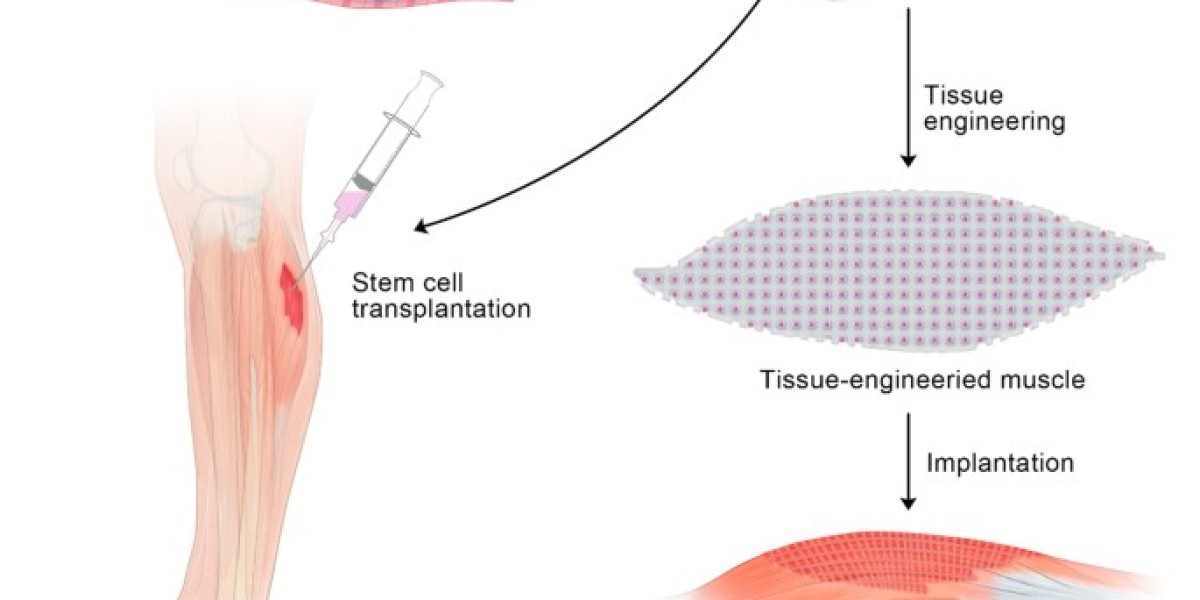Traditional treatments such as rest, ice, compression, and physical therapy have long been the go-to options for recovery. However, recent advancements in medical science have opened up a promising new avenue for muscle tear rehabilitation: stem cell therapy. This article explores the role of stem cells in muscle tear recovery, their mechanisms of action, and the potential benefits they offer to those dealing with these injuries.
Understanding Muscle Tears
Before delving into stem cell therapy, it's essential to understand what happens when a muscle tears. Muscles can tear due to overexertion, sudden movements, or trauma. When this occurs, the muscle fibers stretch or tear, resulting in pain, swelling, and limited mobility. Depending on the severity of the tear, recovery can range from a few weeks to several months.
Conventional Treatments for Muscle Tears
Traditional treatments for muscle tears focus on reducing inflammation, promoting healing, and restoring strength and flexibility. These may include rest, ice therapy, compression, elevation (RICE protocol), physical therapy exercises, and in some cases, medications to manage pain and inflammation.
The Role of Stem Cells in Muscle Tear Recovery
Stem cells are undifferentiated cells with the remarkable ability to develop into various types of cells within the body, including muscle cells. When applied to muscle tear injuries, stem cells have the potential to accelerate healing and enhance tissue regeneration.
Mechanisms of Action
Stem cells exert their therapeutic effects through several mechanisms:
Differentiation: Stem cells can differentiate into muscle cells, integrating into the damaged tissue and aiding in its repair.
Secretion of Growth Factors: Stem cells release growth factors and cytokines that stimulate the proliferation of existing muscle cells and promote the formation of new blood vessels, facilitating the delivery of oxygen and nutrients to the injured area.
Modulation of Inflammation: Stem cells possess anti-inflammatory properties, which can help reduce swelling and inflammation associated with muscle tears, creating a more conducive environment for healing.
Benefits of Stem Cell Therapy for Muscle Tears
Accelerated Healing: By promoting tissue regeneration and repair, stem cell therapy can expedite the healing process, allowing individuals to return to their normal activities sooner.
Reduced Risk of Re-Injury: Stem cells aid in the formation of stronger, healthier muscle tissue, potentially reducing the risk of re-injury in the future.
Minimally Invasive: Stem cell therapy for muscle tears typically involves injections directly into the affected area, minimizing the need for invasive surgical procedures.
Customized Treatment: Stem cell therapy can be tailored to meet the specific needs of each patient, taking into account factors such as the severity of the tear, the individual's overall health, and their activity level.
The Future of Muscle Tear Rehabilitation
While stem cell therapy for muscle tears shows promise, ongoing research and clinical trials are necessary to further elucidate its efficacy and safety. Additionally, advancements in stem cell technology, such as the development of engineered stem cell products and delivery methods, may enhance the therapeutic potential of this innovative treatment approach.
Conclusion
Muscle tears can be challenging to overcome, requiring patience, dedication, and comprehensive treatment strategies. Stem cell therapy offers a novel approach to muscle tear rehabilitation, harnessing the regenerative potential of the body's own cells to promote healing from within. As research in this field continues to evolve, stem cell therapy may emerge as a valuable tool in the management of muscle injuries, providing hope for improved outcomes and enhanced quality of life for those affected by these common orthopedic conditions.







